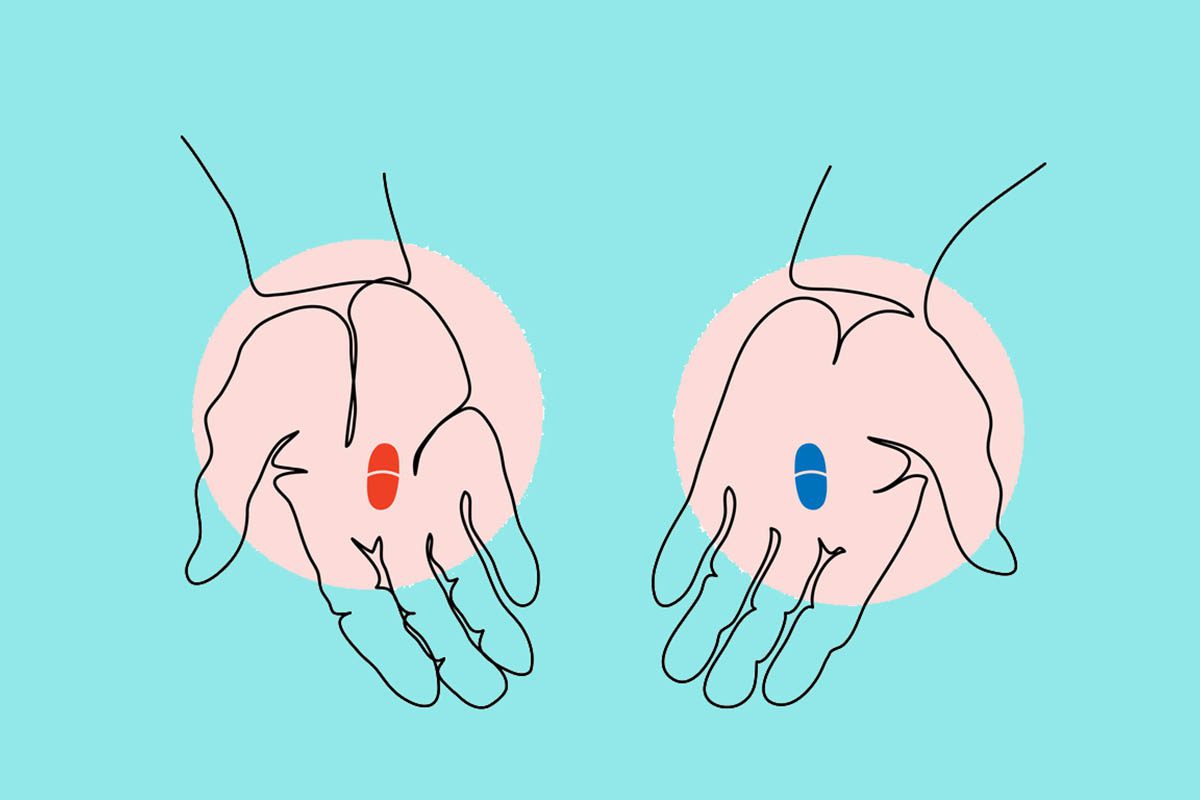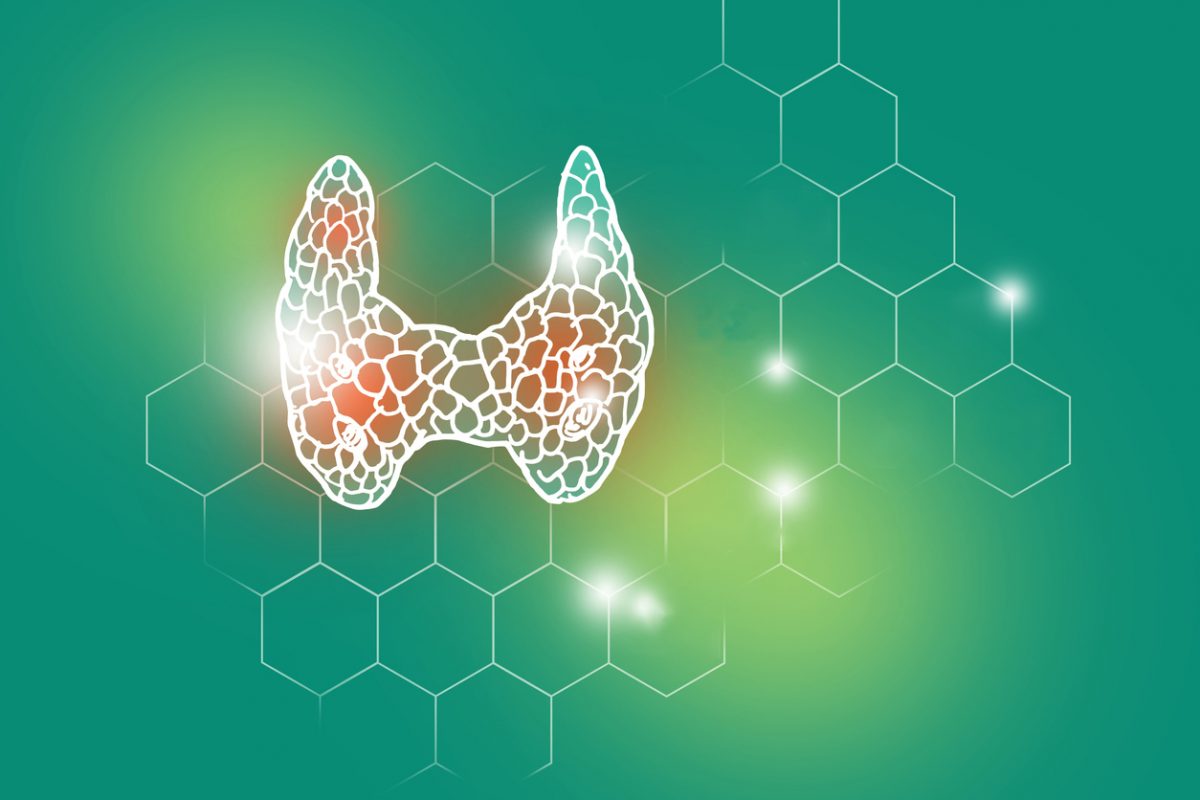
American Society of Clinical Psychopharmacology Corner
J Craig Nelson M.D., Editor
Do Glutamatergic Agents Represent a New Class of Antidepressant Drugs? Part 1
The limitations of our current armamentarium of antidepressant drugs are becoming increasingly evident. This realization has resulted in a strong mandate to search for new agents with novel mechanisms of action that are based on a deeper understanding of the pathophysiology of the disorder. Over the last few decades, we have gained a much greater understanding of the pathophysiologic processes involving the role of glutamate as an excitotoxic agent that are believed to contribute to a variety of neurologic disorders including epilepsy, stroke, Alzheimer’s disease, amyotrophic lateral sclerosis, and Huntington’s disease. Mounting evidence now suggests that abnormalities within the glutamatergic system are associated with more generalized mechanisms of brain dysfunction that may underlie various psychiatric disorders, including major depressive disorder (MDD). The identification of several abnormalities and pathophysiologic processes involving glutamate neurotransmission in the brains of individuals afflicted with mood disorders suggests that the system may serve as a viable target for the development of novel therapeutic agents in the area of mood disorders. Indeed, there is now a growing collection of preclinical and early phase clinical studies demonstrating the antidepressant-like effects of a variety of glutamatergic agents. This brief 2-part review attempts to familiarize the reader with glutamate physiology and outline the clinical developments in this field.
Physiology of the Glutamatergic System
Glutamate is present at approximately half of the brain’s synapses, where it functions as the major excitatory neurotransmitter and the predominant mediator of neuroplasticity within the brain. Being an amino acid critical to many aspects of cell function, glutamate is present at extremely high intracellular concentrations; therefore, the ability to maintain tight control over glutamate neurotransmission in the brain is essential to insure optimal neuronal function and to prevent excitotoxicity. To achieve this degree of control, multiple levels of complex regulatory processes have evolved to restrict glutamatergic neurotransmission within narrow boundaries. In the brain, glutamate can be either synthesized de novo or recycled via the glial cell dependent glutamate/glutamine cycle. In the neuron, glutamate is transported into synaptic vesicles by vesicular glutamate transporters, where it is stored at high concentrations before being released into the synaptic cleft. On release, glutamate binds to and activates specialized ionotropic (N-methyl-d-aspartate [NMDA], α-amino-3-hydroxy-5-methyl-4-isoxazole propionic acid [AMPA] and kainate) and metabotropic (groups I-III) receptors found in the presynaptic and postsynaptic membranes of neurons as well as on glial cells throughout the CNS. Activation of the glutamatergic receptors has wide-ranging effects on neural excitability and synaptic plasticity.
Following its release, glutamate is cleared from the extracellular space via high-affinity excitatory amino acid transporters (EAATs) predominantly found on neighboring glial cells, which then convert glutamate into glutamine via the action of the enzyme glutamine synthetase. Glutamine is then shuttled back into the glutamatergic neuron, where it is again converted into glutamate by glutaminase.
Evidence of Glutamatergic Dysfunction Associated With MDD
Multiple lines of clinical evidence suggest that the glutamatergic system plays an important role in the pathophysiology of MDD (see references 1-5 for more complete reviews). In brief, abnormal glutamate levels have been identified in peripheral tissues and in various brain regions of MDD subjects (see Hashimoto1 and Kugaya and Sanacora2 for reviews). Microarray gene expression studies on brain tissue from depressed subjects have also identified a down-regulation of the gene that codes for glutamine synthetase and the genes that code for the 2 glial EAATs.6 In fact, abnormal expression of genes associated with the regulation of glutamate clearance and metabolism has consistently been found to be associated with several neuropsychiatric disorders (see Altar et al7 for review). These findings are especially intriguing in light of the consistent reports of reduced glial cell numbers and density in the brains of individuals diagnosed with MDD8 and raise the possibility that disrupted glutamate clearance and cycling could contribute to the underlying pathophysiology associated with MDD and potentially several other neuropsychiatric disorders.3,5 Of additional interest, there is a growing appreciation of the relationship that exists between stress and glutamate neurotransmission9,10 and how this relationship may contribute to the cellular pathology associated with MDD and other stress-related disorders.11
Treatments Targeting the Glutamatergic System
Owing to the complexity and the multiple levels of regulatory control maintained over glutamatergic neurotransmission, the system is rich with potential pharmacologic targets. However, the critical need to maintain tight physiologic control over the system adds a significant challenge when attempting to safely introduce these drugs into the clinic. Several sites within the glutamatergic system are actively being pursued as potential targets for antidepressant drug development. Part 1 of this article will discuss the recent studies with drugs having effects on glutamate release and uptake as well as with drugs targeting the metabotropic glutamate receptors. Part 2 of the article will cover the recent studies examining the effects of drugs targeting the ionotropic NMDA and AMPA glutamate receptors.
Modulators of Glutamate Release and Uptake
There is now increasing evidence that several drug classes with antidepressant action have effects on the regulation of neuronal glutamate release, raising the possibility that this could be a shared mechanism of antidepressant action.12 There are also strong data suggesting that drugs with known effects on glutamate release, such as lamotrigine, are effective in treating mood disorders.13 Riluzole, a drug with effects on both glutamate release and uptake, is currently indicated for the treatment of amyotrophic lateral sclerosis. Riluzole has recently been reported to have potent antidepressant and anxiolytic effects in several small open-label clinical trials. To date, there are 2 published open-label studies showing riluzole to have good effects in treatment-resistant MDD, both when used as monotherapy14 and when used as add-on therapy.15 Riluzole was also shown to significantly improve depressive symptoms when added to lithium therapy in bipolar depressed subjects16 and as a monotherapeutic agent in the treatment of generalized anxiety disorder.17 However, a recently published small pilot study18 suggests that riluzole may not be effective in preventing the relapse of depressive symptoms following ketamine administration (discussed further in part 2). Of additional interest, there are also a few reports of riluzole having clinically relevant effects in obsessive-compulsive disorder,19,20 as well as a recent study10 demonstrating the antidepressant-like properties of riluzole in the chronic unpredictable stress rat model of antidepressant activity.
Metabotropic Glutamate Receptors
G protein-coupled metabotropic Glu receptors (mGluRs) are divided into 3 groups on the basis of structure and function. Group I receptors (mGluR1 and mGluR5) are located mostly on postsynaptic neurons and glial cells, where they are believed to play a major role in regulating postsynaptic excitability.21 Groups II (mGluR 2 and 3) and III (mGluR4, mGluR6-8) are largely present on the presynaptic membrane, where they act by regulating transmitter release. Drugs modulating group I activity, especially mGluR5 antagonists, have become the center of intense study owing to the role of the receptors in synaptic plasticity and the potential to modify developmental illnesses such as fragile X syndrome.22 The drugs also have strong anxiolytic and potential antidepressant-like activity in preclinical animal models (see Palucha and Pilc23 and Witkin et al24 for recent reviews on this topic). Although early phase clinical trials are now in progress for a variety of disorders, no clinical studies demonstrating the effectiveness of this class of drug in MDD have been reported to date.
Recent work suggests that the group II metabotropic receptors also serve important roles in modulating glutamate neurotransmission and the mechanisms of neuroprotection and neurodegeneration,25 thus making them extremely interesting targets for antidepressant drug development. Mounting evidence suggests that drugs targeting the mGluR2/3 receptors possess both antidepressant and anxiolytic properties in preclinical models (see Palucha and Pilc23 and Witkin et al24 for reviews). Early phase clinical trials support the efficacy of mGluR2/3 receptor agonist in the treatment of anxiety, but raise some concern over the safety of the specific agent tested due to findings of convulsions in preclinical studies.26 A recent randomized, double-blind, placebo-controlled study27 also suggests the mGlu2/3 receptor agonist LY2140023 has antipsychotic properties and may provide a new alternative for the treatment of schizophrenia. However, the second study with this compound was considered a failed trial in a report presented at the 2009 International Congress on Schizophrenia Research in San Diego.28 No clinical studies have yet been reported exploring the antidepressant efficacy of mGluR2/3 receptor drugs.
Summary
Emerging evidence suggesting the glutamatergic system may contribute to the pathophysiology and pathogenesis of MDD and other stress-related mood disorders has generated interest in targeting the system for antidepressant drug development. The complexity of the glutamatergic system provides a rich array of potential pharmacologic targets for drug development. Small-scale clinical and preclinical studies examining the effects of drugs capable of modulating glutamate clearance and uptake suggest that these may be viable targets for future development. Other preclinical and very early phase clinical studies suggest that the metabotropic glutamate receptors may also provide a unique target for a new class of psychotherapeutics. Additional studies, covered in part 2 of this review, suggest that drugs targeting the NMDA and AMPA glutamate receptors may also possess potent antidepressant properties.
Author affiliation: Department of Psychiatry, Yale University, New Haven, Connecticut. Financial disclosure: Dr Sanacora has received consulting fees from AstraZeneca, Bristol-Myers Squibb, Evotec, Eli Lilly, Johnson & Johnson, Roche, Ruxton, and Sepracor; has received additional grant support from AstraZeneca, Bristol-Myers Squibb, Merck, Roche, Ruxton, and Sepracor; has received fees for expert witness testimony from Shook, Hardy and Bacon; and is a co-inventor on a filed patent application by Yale University (PCTWO06108055A1) concerning the use of glutamate modulating drugs as antidepressants. Funding/support: This work was supported by funding provided through National Institute of Mental Health grant K02 MH076222-03. Corresponding author: Gerard Sanacora, MD, PhD, Yale University, 34 Park St, New Haven, CT 06519 (Gerard.sanacora@yale.edu).
References
1. Hashimoto K. Brain Res Rev. 2009; May 28. doi:10.1016/j.brainresrev.2009.05.005.
2. Kugaya A, Sanacora G. CNS Spectr. 2005;10(10):808-819. PubMed
3. Machado-Vieira R, Manji HK, Zarate CA. Neuroscientist. 2009. PubMeddoi:10.1177/1073858409336093.
4. Sanacora G, Zarate CA, Krystal JH, et al. Nat Rev Drug Discov. 2008;7(5):426-437. PubMed doi:10.1038/nrd2462
5. Valentine GW, Sanacora G. Biochem Pharmacol. 2009;78(5):431-439. PubMed doi:10.1016/j.bcp.2009.04.008
6. Choudary PV, Molnar M, Evans SJ, et al. Proc Natl Acad Sci U S A. 2005;102(43):15653-15658. PubMed doi:10.1073/pnas.0507901102
7. Altar CA, Vawter MP, Ginsberg SD. Neuropsychopharmacology. 2009;34(1):18-54. PubMed doi:10.1038/npp.2008.172
8. Rajkowska G, Miguel-Hidalgo JJ. CNS Neurol Disord Drug Targets. 2007;6(3):219-233. PubMed doi:10.2174/187152707780619326
9. Moghaddam B. Biol Psychiatry. 2002;51(10):775-787. PubMed doi:10.1016/S0006-3223(01)01362-2
10. Banasr M, Chowdhury GM, Terwilliger R, et al. Mol Psychiatry. 2008. . PubMed doi:10.1038/mp.2008.106
11. Sapolsky RM. Biol Psychiatry. 2000;48(8):755-765. PubMed doi:10.1016/S0006-3223(00)00971-9
12. Bonanno G, Giambelli R, Raiteri L, et al. J Neurosci. 2005;25(13):3270-3279. PubMed doi:10.1523/JNEUROSCI.5033-04.2005
13. Bowden CL, Calabrese JR, Sachs G, et al. Lamictal 606 Study Group. Arch Gen Psychiatry. 2003;60(4):392-400. PubMed doi:10.1001/archpsyc.60.4.392
14. Zarate CA Jr, Payne JL, Quiroz J, et al. Am J Psychiatry. 2004;161(1):171-174. PubMed doi:10.1176/appi.ajp.161.1.171
15. Sanacora G, Kendell SF, Levin Y, et al. Biol Psychiatry. 2007;61(6):822-825. PubMed doi:10.1016/j.biopsych.2006.08.037
16. Zarate CA Jr, Quiroz JA, Singh JB, et al. Biol Psychiatry. 2005;57(4):430-432. PubMed doi:10.1016/j.biopsych.2004.11.023
17. Mathew SJ, Amiel JM, Coplan JD, et al. Am J Psychiatry. 2005;162(12):2379-2381. PubMed doi:10.1176/appi.ajp.162.12.2379
18. Mathew SJ, Murrough JW, Aan Het Rot M, et al. Int J Neuropsychopharmacol. 2009;17:1-12. doi:10.1017/S1461145709000169
19. Grant P, Lougee L, Hirschtritt M, et al. J Child Adolesc Psychopharmacol. 2007;17(6):761-767. PubMed doi:10.1089/cap.2007.0021
20. Coric V, Taskiran S, Pittenger C, et al. Biol Psychiatry. 2005;58(5):424-428. PubMed doi:10.1016/j.biopsych.2005.04.043
21. D’ Ascenzo M, Fellin T, Terunuma M, et al. Proc Natl Acad Sci U S A. 2007;104(6):1995-2000. PubMed doi:10.1073/pnas.0609408104
22. Dölen G, Bear MF. J Physiol. 2008;586(6):1503-1508. PubMed doi:10.1113/jphysiol.2008.150722
23. Palucha A, Pilc A. Pharmacol Ther. 2007;115(1):116-147. PubMed doi:10.1016/j.pharmthera.2007.04.007
24. Witkin JM, Marek GJ, Johnson BG, et al. CNS Neurol Disord Drug Targets. 2007;6(2):87-100. PubMed doi:10.2174/187152707780363302
25. Corti C, Battaglia G, Molinaro G, et al. J Neurosci. 2007;27(31):8297-8308. PubMed doi:10.1523/JNEUROSCI.1889-07.2007
26. Dunayevich E, Erickson J, Levine L, et al. Neuropsychopharmacology. 2008;33(7):1603-1610. PubMed doi:10.1038/sj.npp.1301531
27. Patil ST, Zhang L, Martenyi F, et al. Nat Med. 2007;13(9):1102-1107. PubMed doi:10.1038/nm1632
28. Kinon B. Presented at the 12th International Congress on Schizophrenia Research; March 28-April 1, 2009; San Diego, CA.
doi:10.4088/JCP.09ac05680blu
© Copyright 2009 Physicians Postgraduate Press, Inc.
ASCP Corner offerings are not peer reviewed by the Journal but are peer reviewed by the ASCP. The information contained herein represents the opinion of the author.
Visit the Society Web site at www.ascpp.org
Please sign in or purchase this PDF for $40.00.




